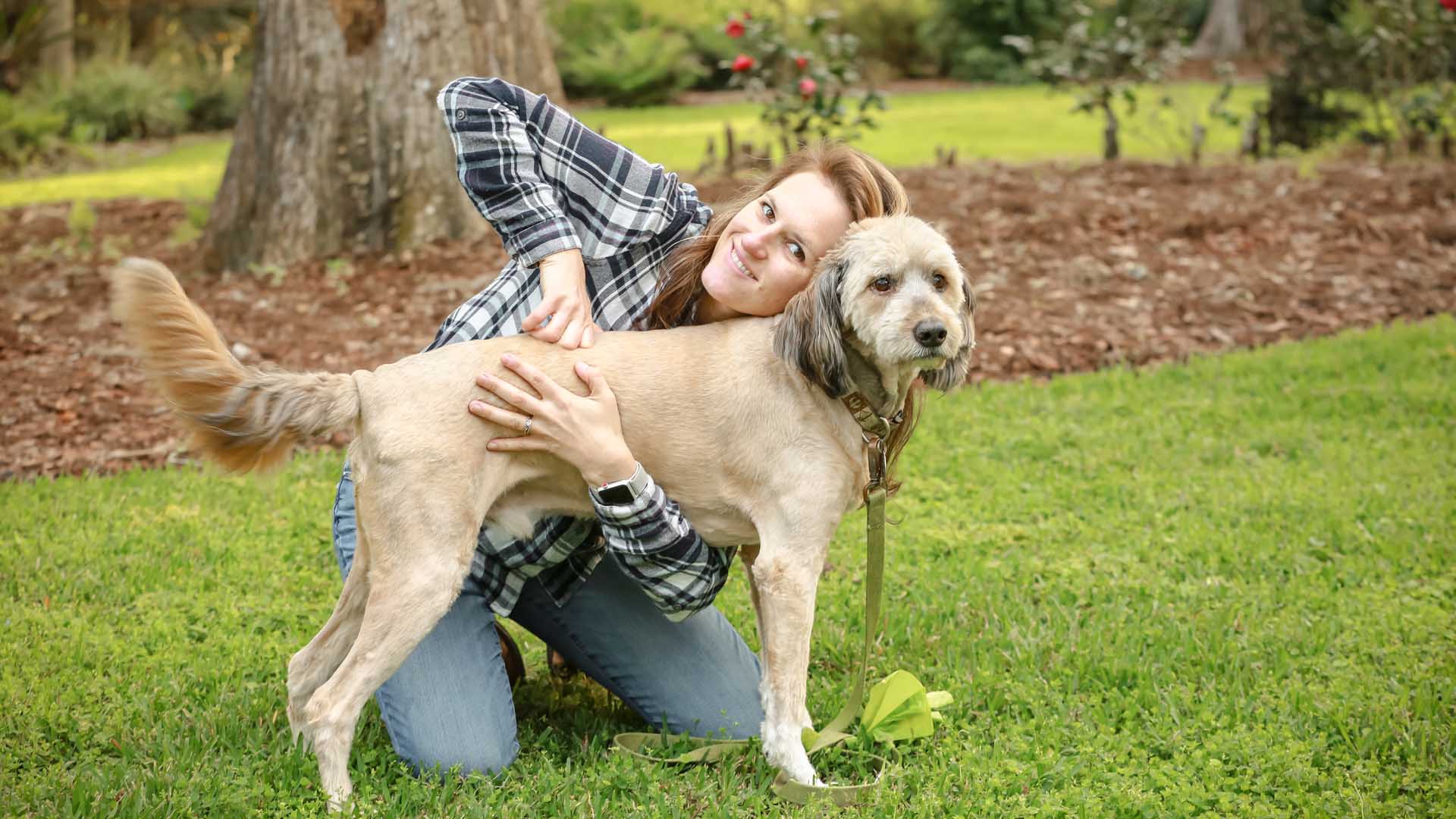With Easter around the corner, we all know how tempting it is to indulge in those delicious Cadbury Creme Eggs. But did you know that horses can also fall prey to their own version of a sugar overload? In this blog post, we’ll explore the connection between high-sugar grasses and laminitis in horses, discuss the risks associated with these grasses, identify some common high-sugar grass species, and examine the treatment options for laminitis. So saddle up and let’s jump into this sweet adventure!
Understanding Laminitis: A Sugar-Induced Nightmare
Laminitis is a painful and debilitating inflammation of the horse’s laminae – the sensitive tissue connecting the hoof wall to the underlying bone. This condition can lead to irreversible damage and even necessitate euthanasia in severe cases. One of the leading causes of laminitis is the consumption of grasses with a high sugar content, which can overload the horse’s digestive system and cause a chain reaction of inflammation and pain.
The Risks of High Sugar Grasses
Feeding on high-sugar grasses can trigger laminitis by causing a spike in insulin levels and altering the horse’s gut microbiome. These changes can lead to the release of harmful toxins, causing inflammation and damage to the laminae. Horses with metabolic issues, such as insulin resistance or Equine Metabolic Syndrome, are particularly susceptible to the dangers of these sweet treats.
Identifying High Sugar Grasses
Keep an eye out for the following grass species commonly found in yards and fields that may have high sugar content:
– Ryegrass (Lolium perenne)
– Timothy (Phleum pratense)
– Kentucky Bluegrass (Poa pratensis)
– Orchardgrass (Dactylis glomerata)
– Fescue (Festuca spp.)
Remember, the sugar content of grasses can vary significantly depending on environmental factors such as temperature, sunlight, and moisture. It’s essential to monitor your horse’s pasture and be aware of these changes to prevent sugar overload.
Treatment Options for Laminitis
If your horse develops laminitis, prompt veterinary intervention is crucial. Some of the treatment options include:
– Pain management with anti-inflammatory medications
– Restricted access to high-sugar grasses and a controlled diet
– Therapeutic hoof trimming and supportive footwear
– Cold therapy to reduce inflammation
– In severe cases, surgery to realign the pedal bone
Prevention is always better than cure, so make sure to monitor your horse’s diet and pasture conditions carefully.
Much like humans who crave those delectable Cadbury Creme Eggs, horses can be tempted by sweet, high-sugar grasses. However, indulging in these grasses can lead to serious consequences like laminitis. By understanding the risks associated with high-sugar grasses and taking proactive steps to manage your horse’s diet, you can protect your equine friend from this painful condition. And remember, as tempting as it may be, it’s best to save the Cadbury Creme Eggs for yourself – your horse will thank you!

